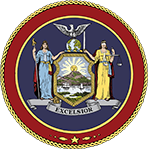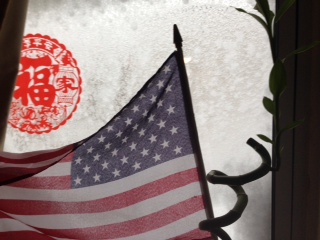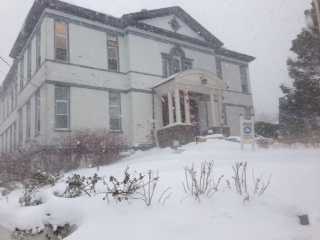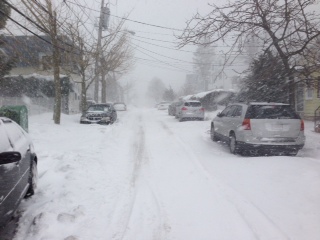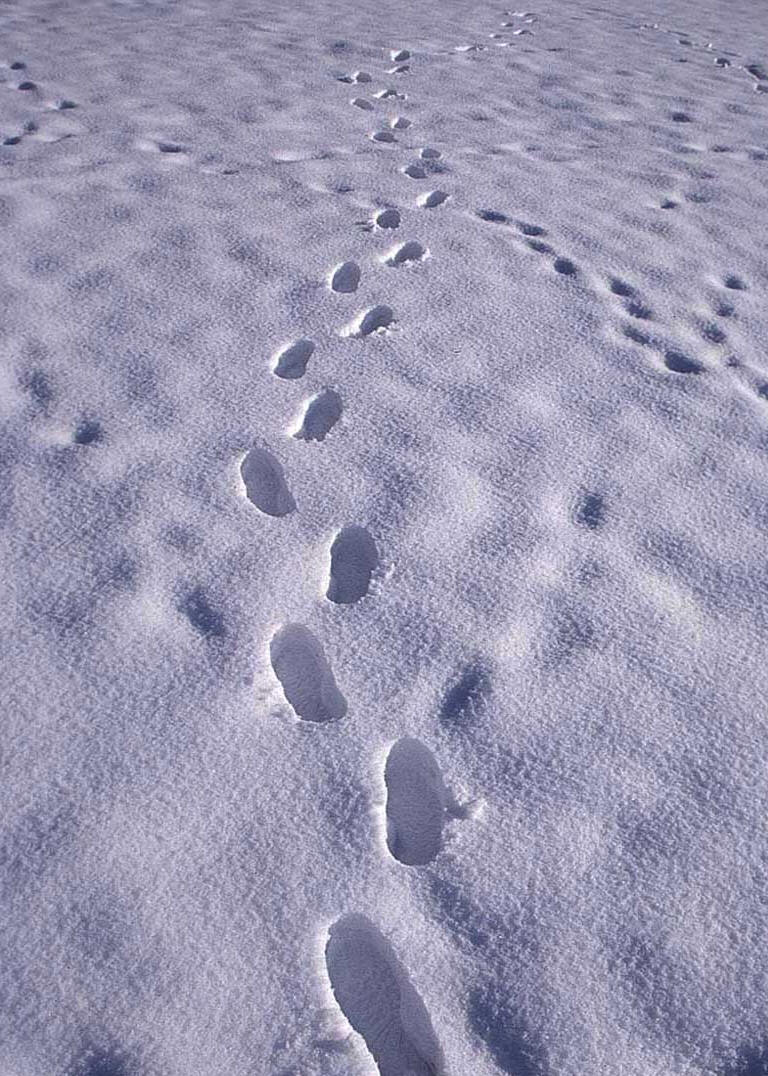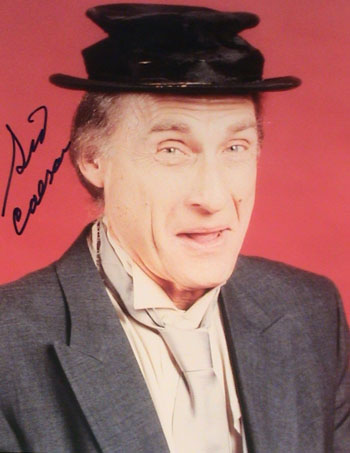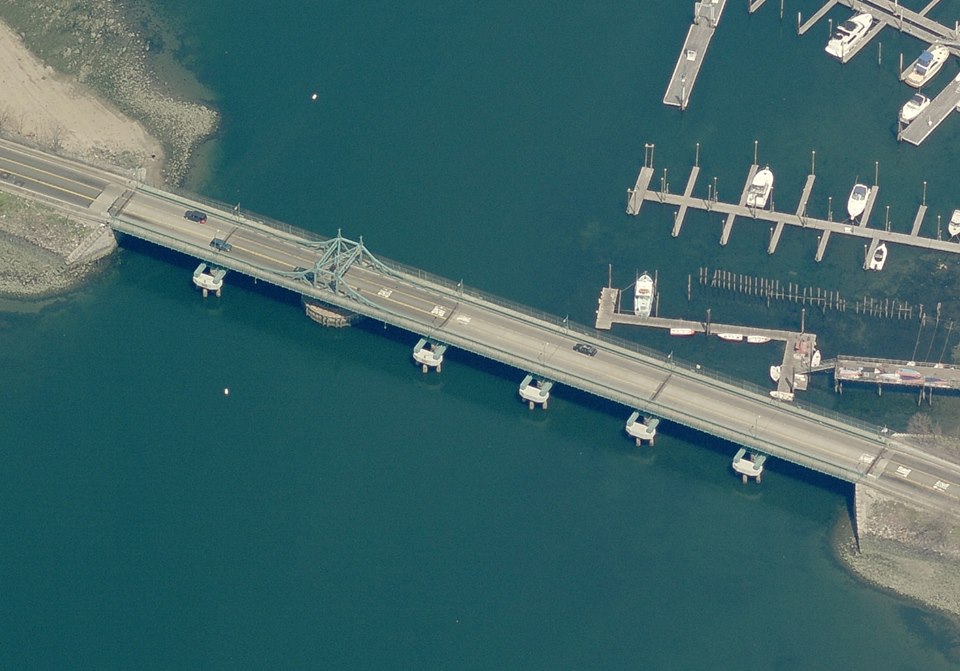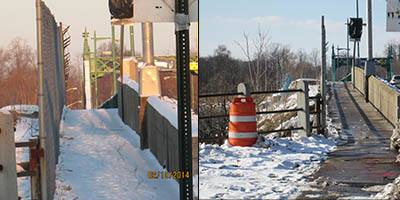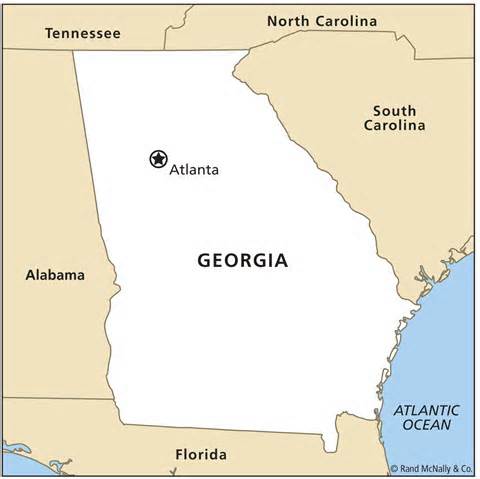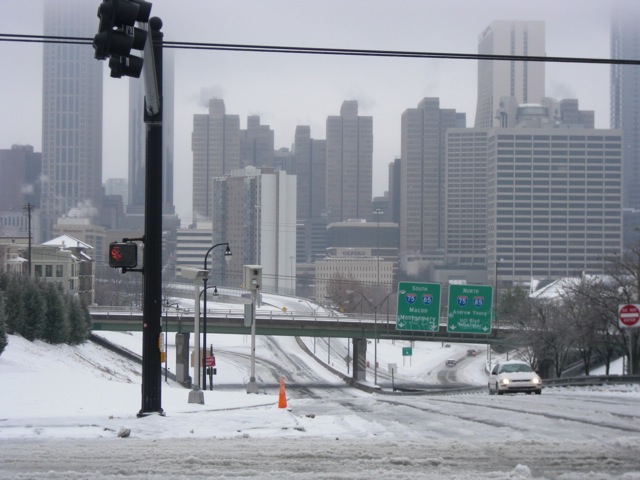MEDIA KEEPS GROWING

As these communications conglomerates continue to grow they increase their domination in the US media landscape. Through a series of mergers and acquisitions, many of these companies have gained control over what we see, hear and read. Today, Comcast announced it wants to purchase Time Warner.
Comcast Agrees to Buy Time Warner Cable for $45.2 Billion http://bloom.bg/1cxOAat
As these huge corporations are integrated, they are controlling everything from content production to distribution. These are some of the biggies, according to Freepress:
